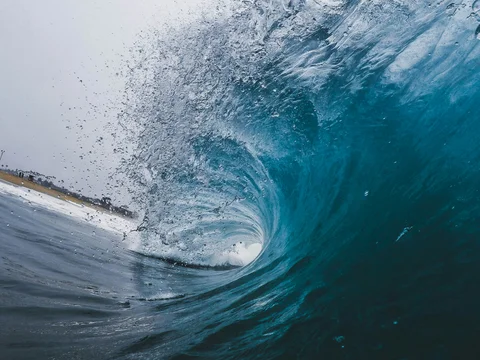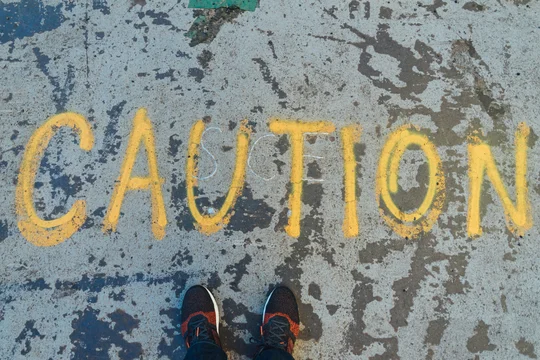
Procedural opinions about post-appeal trials are relatively rare, at least compared to the amount of decisions on motions to dismiss or summary judgment that we see. Most cases settle long before they reach this stage. So I thought it was worth posting about how Judge Bataillon handled a new trial in C R Bard Inc. v AngioDynamics, Inc., C.A. No. 15-218-JFB-SRF (D. Del.) after the Federal Circuit vacated the result of the previous trial.
The parties in the case sought to introduce new information in the new trial, including at least one accused product that was released after the previous trial. The Court rejected that idea, holding that the new trial would be a direct repeat of the previous trial:
[B]oth parties appear to believe that the coming trial will encompass new matters. However, pursuant to Federal Rule of Civil Procedure 16(b)(4): “A schedule may be modified only for good cause and with the judge's consent.” The Court has not authorized new discovery, amended contentions, nor updated expert reports this side of the first trial. Infringement cases are set. So too are invalidity cases. New products will be addressed, if at all, after trial. Only the matters of § 101 invalidity resolved by the Federal Circuit and updated damages for products then at issue (as mentioned at the May 6, 2022, status conference, D.I. 527), will be presented at trial. Starting November 15, 2022, Bard and Angio will retry to a new jury the case they presented (or would have presented) three years ago.
That's an interesting result. Although supplemental damages are often addressed after trial (dealing with the practical reality that damages are a moving target), it seems like it would be a bit more difficult for the Court to deal something like a new accused product after the trial—perhaps in a second trial?—rather than having a single streamlined proceeding.
Judge Bataillon also denied two motions in limine meant to reduce the scope of the second trial. First, he denied a motion that sought to preclude the plaintiff from certain invalidity positions that had been previously addressed by the Court:
For its first motion, Angio seeks to preclude Bard from contesting the existence of power injectability and external identifiers in the prior art. . . . Angio’s motion proposes that Bard has had the full and fair opportunity to defend the novelty of its asserted claims and that certain contrary factual findings have been made. The Federal Circuit held otherwise on the former and vacated any such of the latter. . . . Before a second jury, Bard will have the full opportunity to defend the novelty of its asserted claims under 35 U.S.C. § 102.
He also held that, even though the Federal Circuit found that certain "printed matter" in the claims was not entitled to patentable weight, it must still be considered—subject to a limiting jury instruction:
In its second motion, Angio seeks to preclude Bard from referencing the claimed suitability for power injection evinced by the PowerPort’s various identifying features. . . . The Federal Circuit held that specific claimed information to be “printed matter not entitled to patentable weight.” 979 F.3d at 1382. But “we do not strike out the printed matter and analyze a ‘new’ claim;” we “simply do not give the printed matter any patentable weight.” In re Distefano, 808 F.3d 845, 848 (Fed. Cir. 2015). In other words, the “printed matter will not distinguish the invention from the prior art.” But it “must be considered.” In re Gulack, 703 F.2d 1381, 1385 (Fed. Cir. 1983). The Court will likely draft limiting instructions in that regard.
The second trial is set for November 14, 2022.
If you enjoyed this post, consider subscribing to receive free e-mail updates about new posts.






